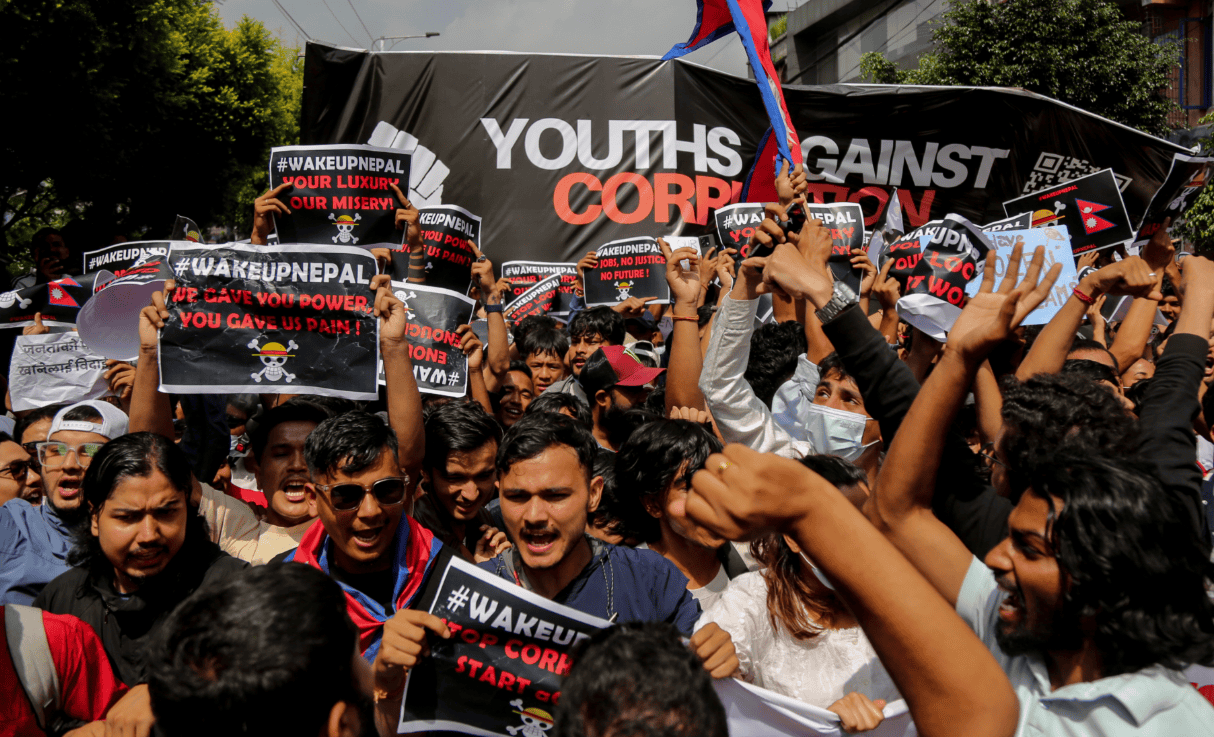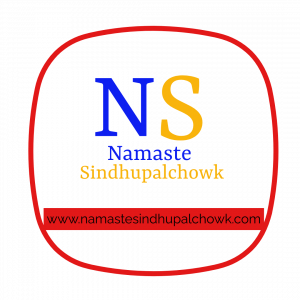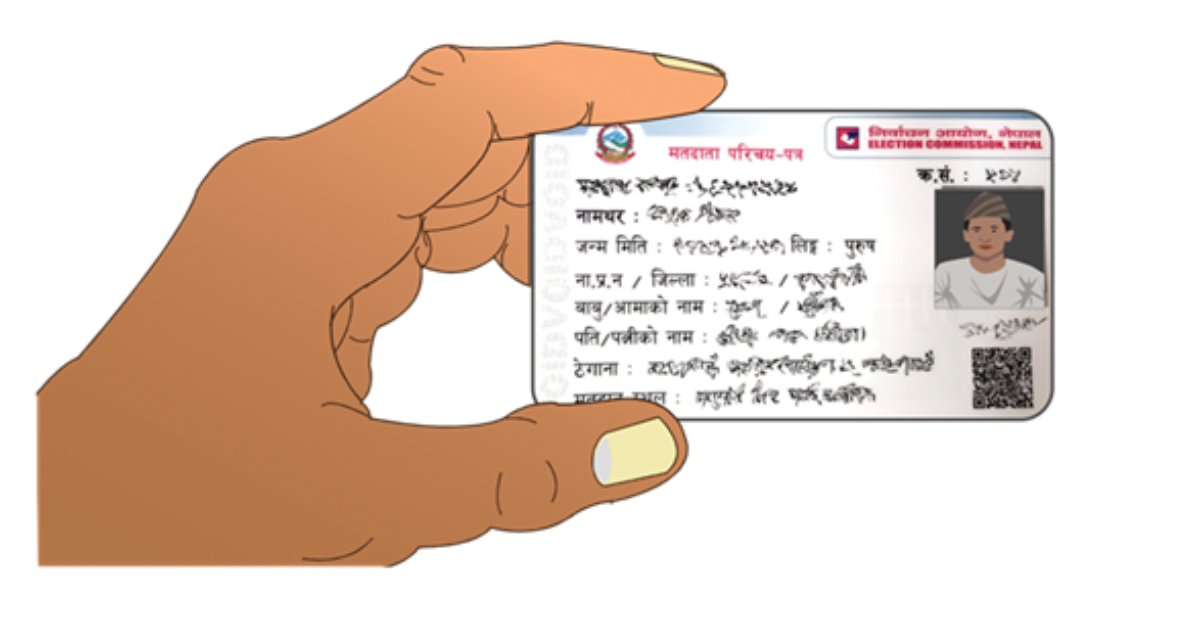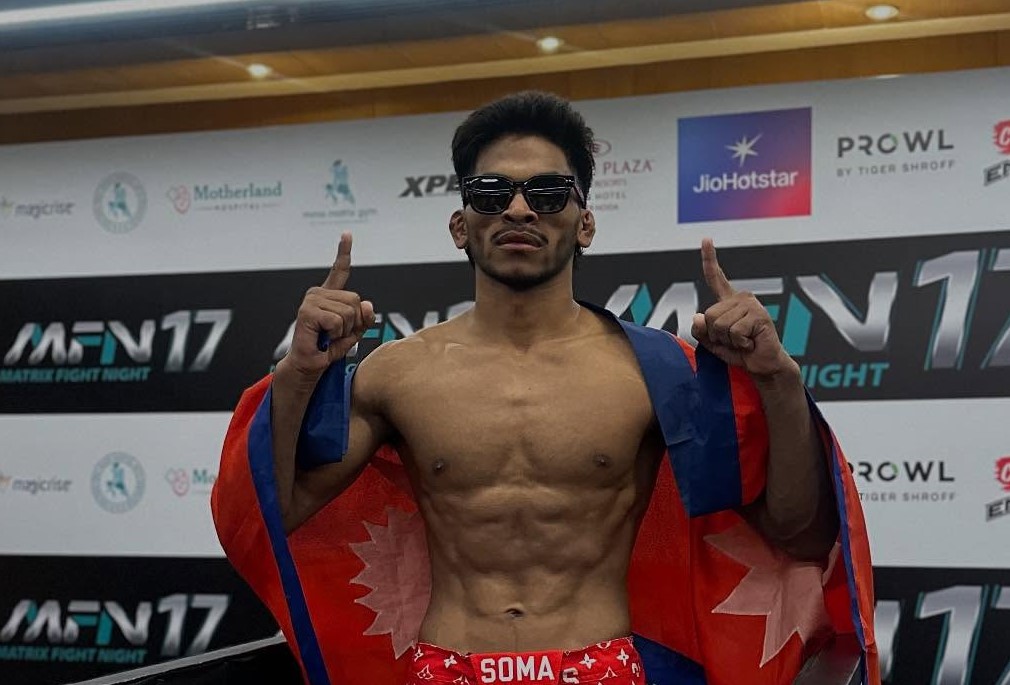The Gen Z Nepal 2025 protests will be remembered as a turning point in the country’s political history. Led mostly by young people, the Gen Z protest was not just about one decision—it was about years of corruption, unfairness, and censorship.
The Rise of Gen Z Nepal
Across the world, Gen Z has been known for challenging injustice, and in Nepal, it was no different. The Gen Z protest grew because young people were fed up with leaders who ignored the needs of their citizens. For many, Gen Z Nepal 2025 symbolized a new hope for fairness, transparency, and accountability.
Why Gen Z Protested
Several key factors drove young Nepalis to the streets:
1. Corruption and Nepotism
Many young people felt that leaders and political elites abused their power for personal gain. Politicians and their families (often called “Nepo Kids”) were seen living in luxury while ordinary citizens struggled. This growing inequality angered youth, making them demand fairness and accountability.
2. Social Media Ban
On September 4, 2025, the government suspended 26 popular social media platforms like Facebook, Instagram, YouTube, and WhatsApp.
The government said these platforms hadn’t complied with new registration rules. But many young people saw the ban as censorship: an attempt to silence dissent and stop digital organizing.
3. Demand for Justice and Transparency
The Gen Z protest was not about one party—it was about demanding honesty and justice.
Young protesters didn’t just want small reforms — they demanded:
- Open and transparent government decision-making
- Equal opportunities, not privileges for the elite
- Consequences for wrongdoing by powerful people
- Digital rights: freedom to speak, share, and mobilize online
These were not distant ideas — they were central to how Gen Z lives and acts in a modern, connected world.
How the Protests Unfolded
Young people combined traditional street protests with tech-savvy methods to organize and resist.
1. Student Leadership
University and college students led the early protests. They organized marches, rallies, and sit-ins in Kathmandu and other cities.
Their energy and connections spread the movement quickly.
2. Digital Coordination Under Censorship
Even though social media was banned, protesters used VPNs, encrypted apps, and other digital tools to communicate, share news, and coordinate plans. This digital resistance allowed the movement to grow more than the government intended.
3. Peaceful Beginnings
The protests started peacefully—youths marching with banners, chants, and calls for reform. They aimed to show strength, not aggression.
But as security forces responded with force, protests escalated into clashes.
What Happened During the Protest
At first, the protests were peaceful. Students and activists marched with banners, showing the strength of Gen Z.. But soon, police used tear gas, rubber bullets, and even live fire. Many protesters were injured or killed, making the Gen Z movement even stronger.
These events shaped how history will remember those weeks.
1. Clashes with Security Forces
On September 8, police used tear gas, water cannons, and rubber bullets against protesters. Some forces used live ammunition, resulting in deaths and injuries.
2. Violence, Vandalism, and Arson
When negotiations failed, parts of the protests turned destructive. Protesters set fire to several government buildings, including:
- Parliament and Singha Durbar, Nepal’s key administrative complex
- The Supreme Court building
- The President’s residence (Sital Niwas)
- The Prime Minister’s residence and other officials’ homes.
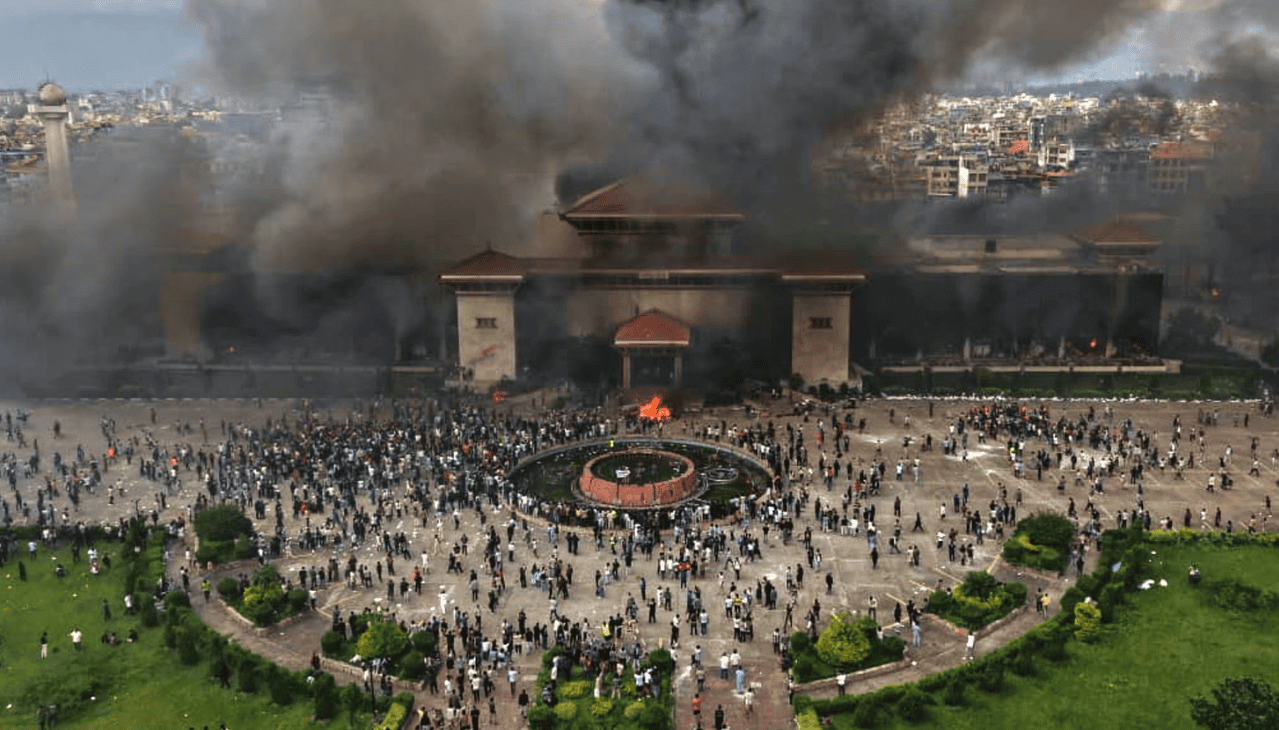
On September 9, protesters even stormed the Nepalese Parliament building.
3. Tragic Losses and Sacrifice
The protests were not without human cost. According to reports, at least 72 people died and more than 2,100 were injured nationwide. These losses moved many Nepalis and gave the movement a sharper purpose.
The White Shoe: A Symbol of Rebellion
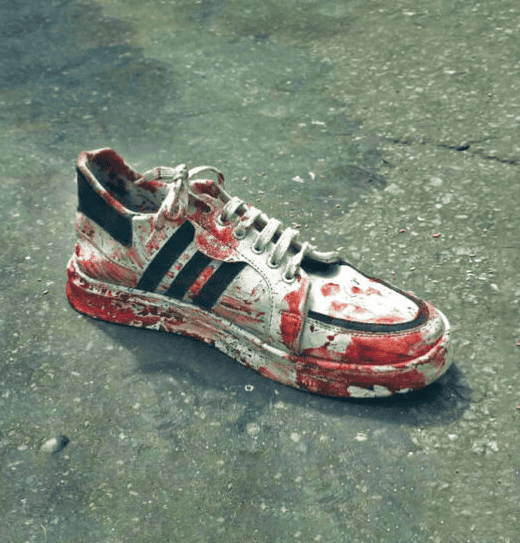
One of the most striking images from the protests was a bloodied white sneaker. That single shoe became a powerful emblem of what was happening.
- The white shoe belonged to 28-year-old Prakash Bohora, who was shot during the protests.
- The clean, white sneaker contrasted sharply with the violence — it evoked vulnerability, youth, and loss.
- Protesters and social media users began using the image as a representation of sacrifice, resistance, and the human cost of fighting corruption.
In this way, the shoe became more than footwear — it was a canvas of meaning for a movement.
The Results of Gen Z Nepal Protest 2025
The movement succeeded in forcing real changes in government and policy.
1. Prime Minister Resigns
Under mounting pressure, K.P. Sharma Oli resigned from his position.
2. Interim Government and First Woman PM
On September 12, Sushila Karki, former Chief Justice, became interim Prime Minister — the first woman to hold that role in Nepal’s history. Her appointment was seen as a symbolic step toward inclusivity and reform.
The first female Prime Minister of Nepal was Sushila Karki, who took office as interim Prime Minister in September 2025 following the Gen Z protests.
3. Social Media Ban Lifted
One of the protesters’ key demands was the right to freely use digital platforms. The government reversed the ban on social media.
4. Early Elections Announced
Nepal’s House of Representatives was dissolved, and early elections were scheduled for 2026. These steps showed that the movement’s goals were not ignored — some were realized.
Why the Gen Z Protest Matters
The Gen Z Nepal 2025 movement wasn’t just about one moment—it was about shaping the future. Young people showed they are ready to challenge corruption, fight censorship, and push for justice.
The Gen Z Nepal protest proved that when united, youth can reshape politics. It also sent a message beyond Nepal: Gen Z everywhere is willing to fight for truth, fairness, and democracy.
Conclusion
The Gen Z Nepal 2025 protest demonstrated the power of young people. They stood up against corruption, nepotism, and the social media ban. Even when the government used force, Gen Z did not back down.
The white shoe became a symbol of their sacrifice, reminding everyone that change comes with courage. Their movement led to the Prime Minister’s resignation, the lifting of the ban, and new elections.
The Gen Z protest proved that youth are not just the future — they are shaping Nepal today.
